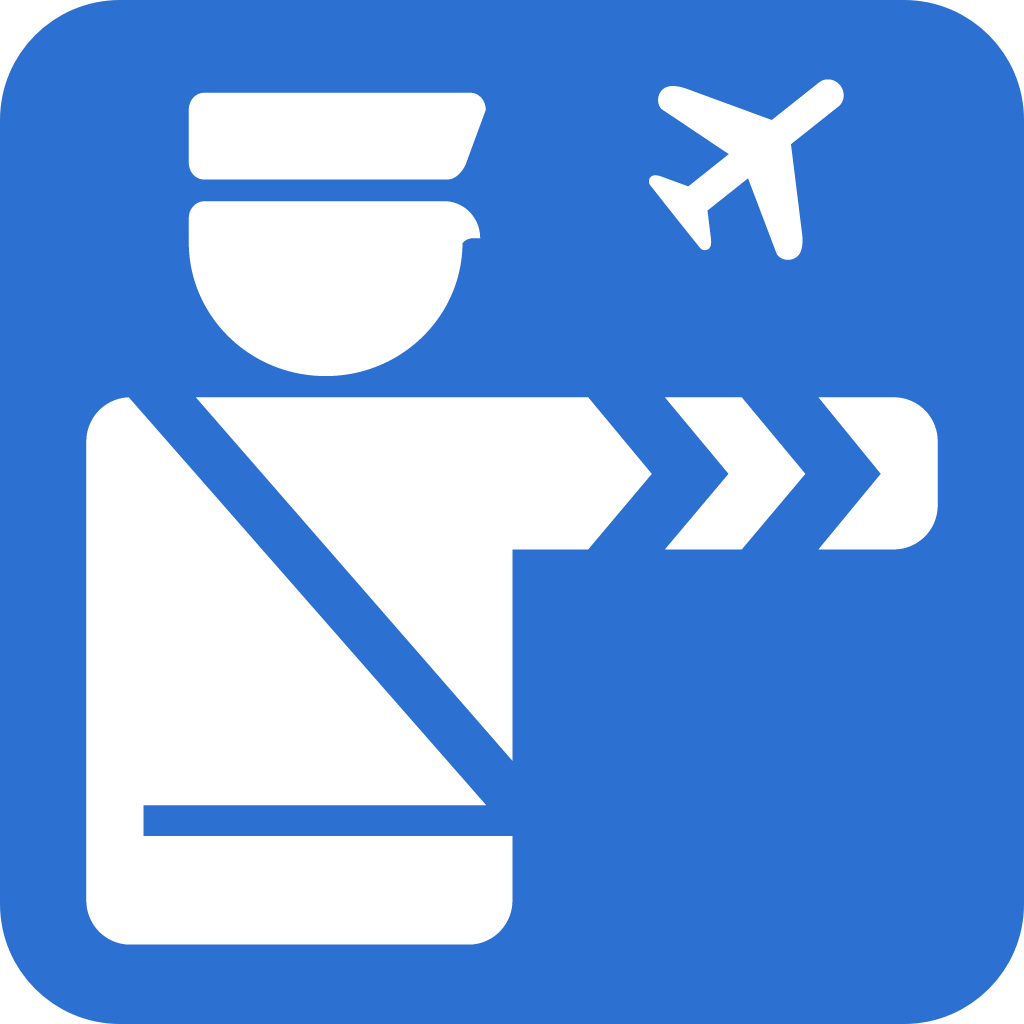PITTSBURGH – With the busy summer travel season upon us, U.S. Customs and Border Protection is pleased to announce that Pittsburgh International Airport today becomes the 26th U.S. airport to offer Mobile Passport Control to initiate the CBP international arrivals inspection process.
Mobile Passport Control (MPC) is the first authorized app to expedite a traveler’s arrival into the United States. It is currently available to U.S. citizens and Canadian visitors. Eligible travelers voluntarily submit their passport information and answers to inspection-related questions to CBP via a smartphone or tablet app prior to arrival. Android and iPhone users can download the Mobile Passport Control app from the Google Play Store and Apple App Store.
Much like Automated Passport Control, the MPC app does not require pre-approval and is free to use. Travelers who successfully use the app will no longer have to complete a paper form or use an APC kiosk. As a result, travelers will experience shorter wait times, less congestion and faster processing.
“Customs and Border Protection is committed to improving the international travel experience by offering new and innovative technology to streamline the arrival process,” said Susan Anderson, CBP’s Port Director for the Port of Pittsburgh.
“Through our partnership with the Allegheny County Airport Authority, travelers arriving from overseas to Pittsburgh International Airport will have another processing option to use that has been proven to reduce wait times without compromising our important border security mission.”
“As we continue to expand international service we’re pleased to offer Mobile Passport Control to our passengers in cooperation with our partners at Customs and Border Protection,” said Allegheny County Airport Authority CEO Christina Cassotis. “It’s important that we offer the latest innovation at every step on the passenger journey to help streamline the process to make traveling more convenient.”
There are five easy steps to using MPC:
- Download the Mobile Passport App from the Apple App Store or Google Play Store prior to arriving
- Create a profile with your passport information
- Complete the “New Trip” section upon arrival in the United States by selecting their arrival airport and airline, taking a self-photo
- Submit responses to inspection-related questions to CBP through the app to receive an electronic receipt with an Encrypted Quick Response (QR) code
- Bring your passport and smartphone or tablet with your digital bar-coded receipt to a CBP officer
In partnership with CBP, Airports Council International- North America and their technical partners developed this first-of-its-kind app. The MPC pilot launched in August 2014 for eligible travelers arriving at Hartsfield-Jackson Atlanta International Airport, and travelers have downloaded the free MPC app more than one million times. MPC information, airport locations, eligible users, and other frequently asked questions is available on CBP.gov/MPC.
"Customs and Border Protection remains committed to exploring dynamic technology and innovative public-private partnerships to transform the traveler’s international arrivals experience, and Mobile Passport Control is a result of these streamlining efforts,” said Casey Durst, CBP Director, Baltimore Field Office. “CBP now offers the acclaimed Global Entry trusted traveler program, and both Automated and Mobile Passport Control to give air travelers multiple options to expedite their processing.”
MPC is just one part of CBP’s resource optimization strategy, which is transforming the way CBP does business in land, air and sea environments. As part of its commitment to innovation, APC kiosks are located at 49 airports around the world and I-94 form is now automated. CBP has also enrolled more than 5 million travelers in trusted traveler programs such as Global Entry, NEXUS and SENTRI. These programs allow CBP officers to process travelers safely and efficiently while enhancing security and reducing operational costs.
Almost a million times each day, CBP officers welcome international travelers into the U.S. In screening both foreign visitors and returning U.S. citizens, CBP uses a variety of techniques to intercept narcotics, unreported currency, weapons, prohibited agriculture, and other illicit products, and to assure that global tourism remains safe and strong. CBP’s Travel website offers rules and tips for clearing CBP inspection during travel to and from the United States.
CBP's Office of Field Operations lead’s the agency’s border security mission at 328 air, land and sea ports of entry. Field Operations officers enforce all applicable U.S. laws, including against illegal immigration, narcotics smuggling and illegal importation, and by CBP agriculture specialists, who protect U.S. agriculture from the introduction of pests or disease from overseas sources. Please visit CBP Ports of Entry to learn more about CBP’s Office of Field Operations.
Learn more about " A Typical Day" for CBP in 2017, or by visiting www.CBP.gov.
